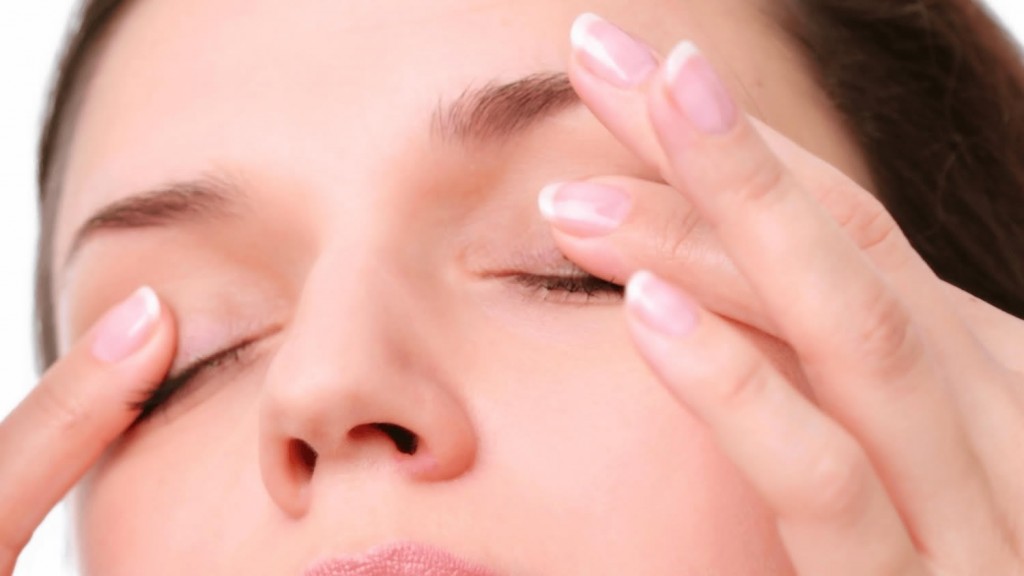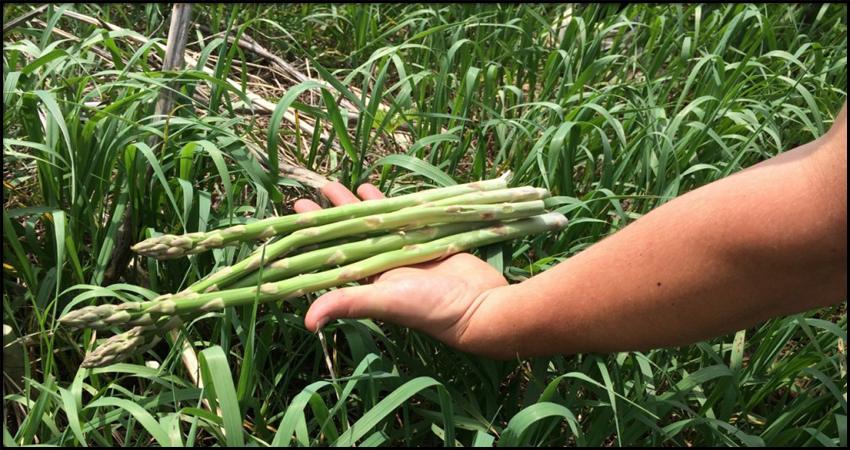Herbal Remedies for Reis Buckler Dystrophy – Eye Disorder
Abstract
“Eyes” are the vital and important sense organs of our body. We have to sustain our eye health because they allow us to recognize things physically. Most of the eye diseases show no symptoms and occur suddenly, so it’s better to do some preventive measures rather than waiting for suffering from a disease. In this article, we are going to discuss in detail about an eye disorder, “Reis buckler dystrophy” (a genetic autosomal dominant disorder) and its management with Ayurveda.
Introduction
Reis buckler’s dystrophy is the dystrophy of cornea in which the degeneration of the bowman’s layer occurs. It is an autosomal dominant disease associated with mutation of the TGFB1 gene and develops within 1 decade of life. The symptoms include corneal erosion, pain, swelling, redness, and photophobia ultimately leading to corneal dystrophy or loss of vision.
On examination, it shows bilateral cloudy patterns in the upper cornea and elevated epithelium. Corneal erosion often occurs recurrently during 1 year of life and the cornea becomes more irregular and dense. Diagnosis may be done by clinical examination of the eye. Symptomatic management is done at initial stages and at the end the ultimate treatment is surgery i.e. corneal transplantation and keratectomy.

Ayurvedic overview
Ayurveda is known as the science representing the healthy way of life. Our Acharyas explained the concept of daily regimen, seasonal regimen and about the lifestyle (sadvritta) very gently. We will be forever healthy, if we follow some lifestyle and dietary recommendations in our daily routine. As per Ayurveda, all the diseases are caused due to vitiation or imbalance in the tridoshas i.e. Vata, Pitta and kapha. We can correlate Reis buckler dystrophy with shukra roga as mentioned in ancient Ayurvedic texts i.e., svran and avran shukra.
The stage of corneal erosion i.e., recurrent pain, swelling, redness corresponds to svran shukra and after corneal erosion there is corneal opacity which can be correlated with avran shukra.
1. Svranshukra
Acharya Sushruta explained that the corneal part of the eye has ulcers at the deeper layer due to which it secretes ushansrava (hot secretions) and experiences a pricking pain.
2. Avranshukra
Acharya sushruta states that due to recurrent infection or their associated symptoms, the corneal part becomes opaque and becomes cloudy in appearance which is known as arvanshukra
What are the symptoms of shukra roga?
At initial stages the symptoms are:
- Suchyavidham pratibhati (Corneal ulcer)
- Sravamsravedushanam (hot watery secretions from the eye)
- Teevra Peeda (pricking pain)
At later stages
- Bhatyasitpradeshesyandhatmkam (corneal part become opaque)
- Vihayseevachghananukari (opacity appears like cloudy sky )
What is the Diagnosis for Shukra Roga?
Ancient acharyas introduce the concept of Trividha pariksha. The diagnosis of shukra rogas is also done by these three parikshans i.e., darshan (inspection), sparshan (palpation) and prashan (history taking).
With the help of darshan (inspection), we will come to know about corneal opacity, redness etc. We will be able to find the site of pain , redness by sparshan (palpation). Last but not the least, Prashan (History taking) is the most important tool for the diagnosis as the medical history of the family as well as his family about recurrent infections is known with this.
How is shukra roga treated or managed?
The Treatment of shukra roga includes
- Gharshan (rubbing) of the ulcer or affected area with Shirish beeja (Albizia lebbeck), kali mirch (piper nigrum), Pippali (piper longum) and saindhav lavan.
- Triphala is to be used according to the involvement of Dosha.
- Murdhvamsrikasravo (blood letting from mastak sira)
- Use of ghrita prepared with Nishoth (Operculina turpethum.) and do raktamokshan (blood letting) after that.
- Intake of Goat milk prepared with kamal (Saussurea obvallata), kakoli (Lilium polyphyllum ), draksha (Vitis vinifera), vidarikanda (Pueraria tuberosa).
Herbal remedies for Reis buckler dystrophy by Planet Ayurveda
Planet Ayurveda is a trusted and eminent organization offering herbal products worldwide. These products are prepared by following the strict principles of Ayurveda under the guidance of Expert Ayurveda practitioners. Planet Ayurveda provides some single and poly herbal formulations for the management of Reis buckler dystrophy as these are as follows:-
- Bilberry capsules
- Angel eye vitale
- Pitta balance
- Vrihat Vatchintamani Ras
- Brahmi chayawanprash
- Saptamrit loh tab
- Jeevantyadi Ghrita
- Curcumin Capsules
Product Description
1. Bilberry Capsules
Bilberry capsules are the safe vegetable capsules prepared using standardized extract of Vaccinium myrtillus (bilberries). This single herbal formulation aids in relieving the symptoms of Reis Buckler Dystrophy like pain and diminishes the progress of corneal degeneration.
Dosage: 1-2 capsules twice a day after meals with plain water.
2. Angel Eye Vitale Capsules
This herbal formulation is safe and prepared using Grape seeds, Vitamin E, Almond oil, and several other natural ingredients. They possess numerous health benefits for healthy eyes, aid in improving vision and treating eye related problems.
Dosage- 1-2 capsules twice daily with plain water after meal
3. Pitta Balance
Pitta balance is a safe herbal formulation which is prepared using Akik Pishti (agate compound), Kamdudha Ras, Mukta pishti (coral calcium compound) and other natural cooling agents. As its name indicates, it balances the Pitta Dosha in the body so helpful in treating symptoms like irritation and hot watery secretion (ushansrava).
Dosage-1-2 capsules twice daily after meal with plain water
4. Vrihat Vatchintamani Ras
Vrihat vat chintamani ras is a classical herbo-mineral preparation used in numerous nervous system ailments. It has anti-oxidant and rejuvenating properties. The ingredients comprise swarna bhasma, abhrak bhasma, loha bhasma, praval bhasma, etc. with some other efficacious herbs. This helps in pacifying Vata Dosha and helps in the treatment of eye disorders.
Dosage: – 1 tablet to be chewed with warm milk twice a day after meal
5. Brahmi Chyawanprash
Brahmi Chyawanprash is purely a herbal formulation in avleha form and prepared using Brahmi (Bacopa monnieri), Dashmoola, Bala (Sida cordifolia), Ashwagandha (Withania Somnifera) and 24 other herbs. It possesses rejuvenating properties and assists in sustaining the imbalance of Dosha (body energies), Dhatu(tissues of the body) and mala (bodily waste). This formulation is very effective in eye and nervous disorders.
Dosage:-2-3 teaspoonful, twice daily after meals, preferably with warm milk / lukewarm water.
6. Saptamrit loh Tablets
Saptamrit loh is a poly herbo-mineral formulation which contains
- Haritaki,(Terminalia chebula)
- Bibhitaki(Terminalia chebula)
- Amalaki(Emblica officinalis)
- Yashtimadhu(Glycyrrhiza glabra)
- Loha Bhasma, etc.
Dosage: 2 to 3 tablets twice a day with Honey or Ghee after meals
7. Jeevantyadi Ghrita
This herbal formulation is safe and prepared in ghrit form using classical herbs. For eye diseases, snehana (oleation therapy) with ghrit is done and it aids in treating the associated symptoms. It can be given both externally and internally and has both vata and kapha pacifying properties.
Dosage: 1 teaspoon with lukewarm water or with food
8. Curcumin Capsules
Curcumin is a single herb formulation using standardized extract of Curcumin or turmeric (Curcuma longa). Curcumin is an amazing herb known for its antiseptic, antioxidant, analgesic, and anti-inflammatory properties. These capsules help in improving the vision and slow down the process of corneal degeneration.
Dosage – 1-2 capsules twice a day with plain water, after the meals.
Conclusion
Hence, we can conclude that herbs work well on the three vital energies i.e., Vata, Pitta and Kapha. The herbal formulations from Planet Ayurveda show effectual results in treating the patients with Reis buckler dystrophy. Also, following a proper diet and lifestyle supports the treatment and provides results within a limited period of time. For a personalized consultation, you can write to us at herbalremedies123@yahoo.com.






